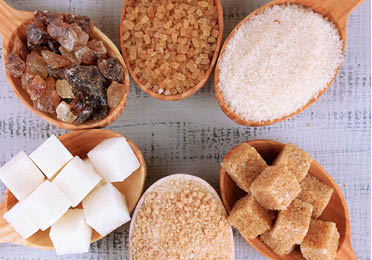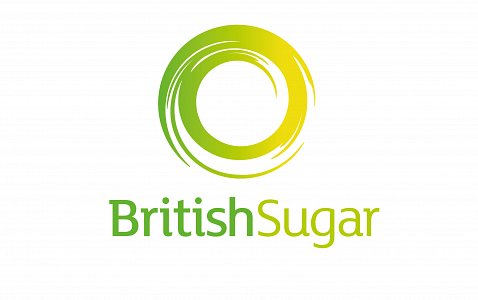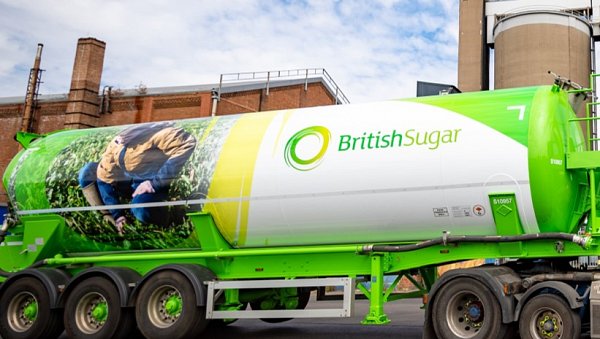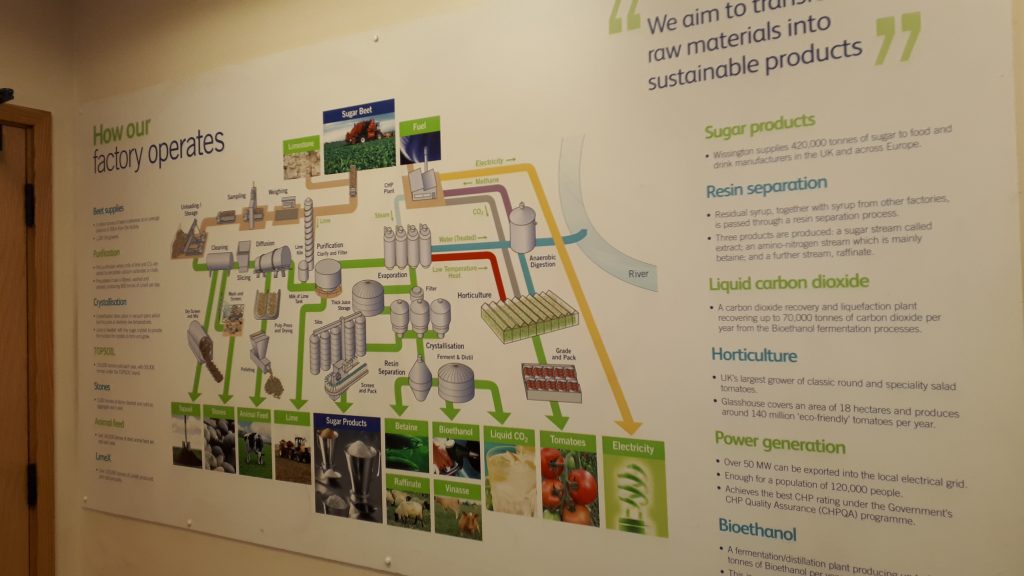[ad_1]
When we see a bag of white caster sugar at the supermarket, little do we know about the sheer scale of the operation that goes on behind producing it. We found out more during our Early-Careers Innovation Forum (ECIF) visit to the British Sugar factory in Wissington, Norfolk.


Sugar production starts in a field of sugar beet. These giant roots are harvested from October until late spring and transported to the nearest British Sugar factory for processing. Upon arrival, each load is sampled to check for crop damage and if given the green light, goes straight to processing. Beets are mashed up to extract as much sugar as possible.
The Science of Sugar
After years of research, British Sugar discovered that optimal sugar extraction requires a specific shape – a thin French fry! Known as cossettes in the beet business, they are very tasty, sugary and earthy all in one. This shape and thickness makes diffusion, the following step in the process much more efficient because surface area is increased. The thin cossettes are mixed with water heated to 70°C. The sugars are gradually extracted, leaving behind a fibrous pulp.
At this stage, impurities remain in the raw sugar juice, so limestone is added to separate them. The remaining syrupy solution goes through several rounds of boiling, resulting in granulated sugar crystals, the basis for the types of sugars we often see on supermarket shelves. Icing sugar, for example, is simply milled granulated sugar.


A Circular Economy
What really struck us during the visit is that, at each stage in the process, there was practically no waste. Everything is re-used, re-purposed or had value added to it. Topsoil and stones are the first by-products of the process – a staggering 250,000 tonnes of topsoil are produced on average per year! The fibrous pulp that is left behind after diffusion still has a lot of nutrition left in it, and so gets fed to livestock or is used to power anaerobic digesters. Further down the line, the limestone that has been used to extract impurities from the raw sugar juices still holds some fertiliser value and so is re-purposed as Limex, a product that can be applied to the soil back on the farm. The sugary juice is also fermented and distilled to produce ethanol.
Carbon Reduction
During our visit, we also talked about carbon and how achievable Net Zero really is. Since 1980, British Sugar has achieved a 48% reduction in carbon-use across all their factories, through switching fuel, optimising processes and improving energy efficiency. The target for 2030 is to reduce this by a further 30%.
An interesting question that came up was about balancing low carbon vs low cost. Are these always mutually exclusive or can a business be both sustainable and profitable? The Wissington plant was certainly a great example of how this is indeed possible.
Thank you very much to Dan Downs for such an insightful visit, look out for the Silver Spoon branding on the shop shelves – it may have come from the Wissington factory!
Source link


